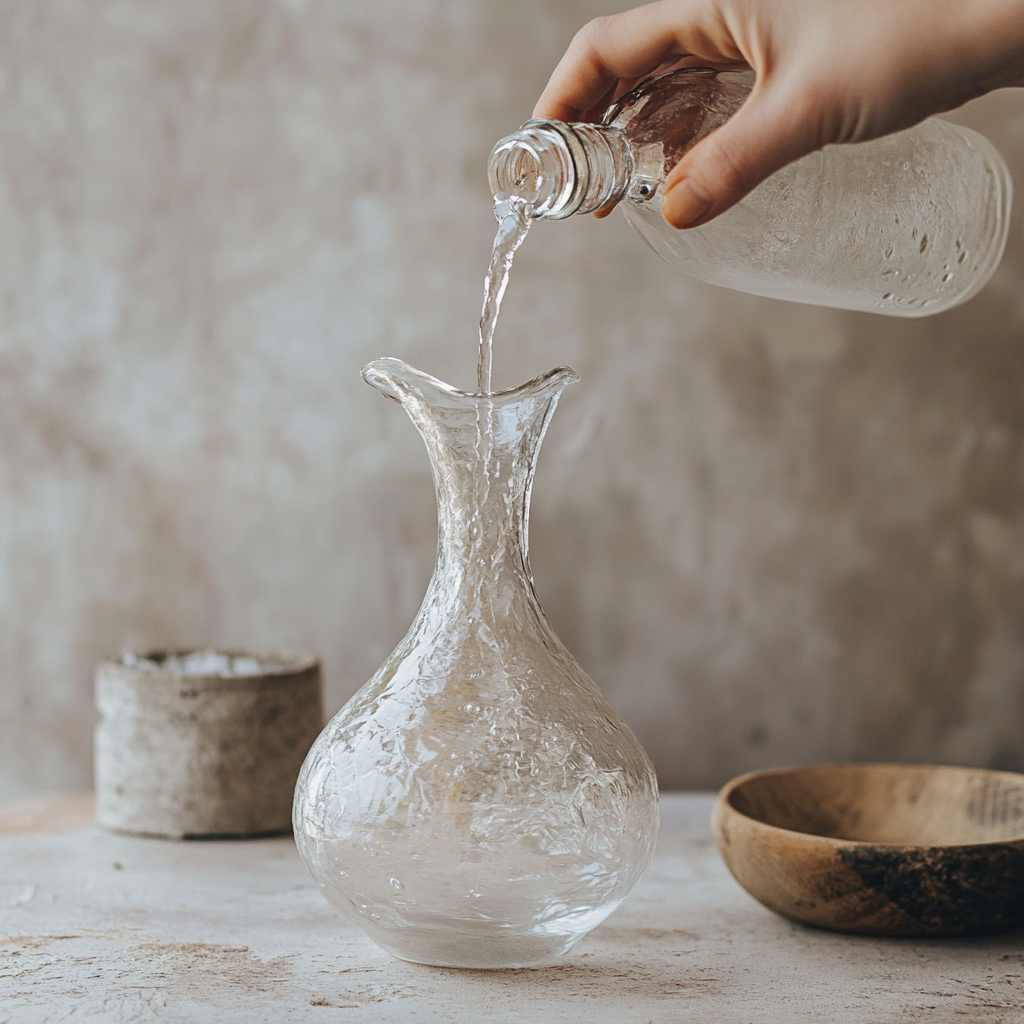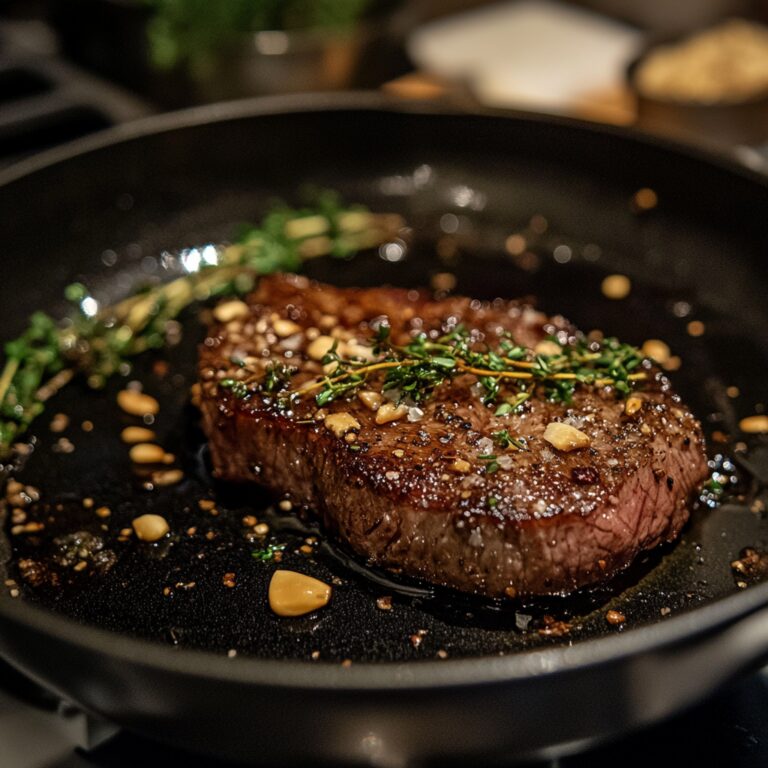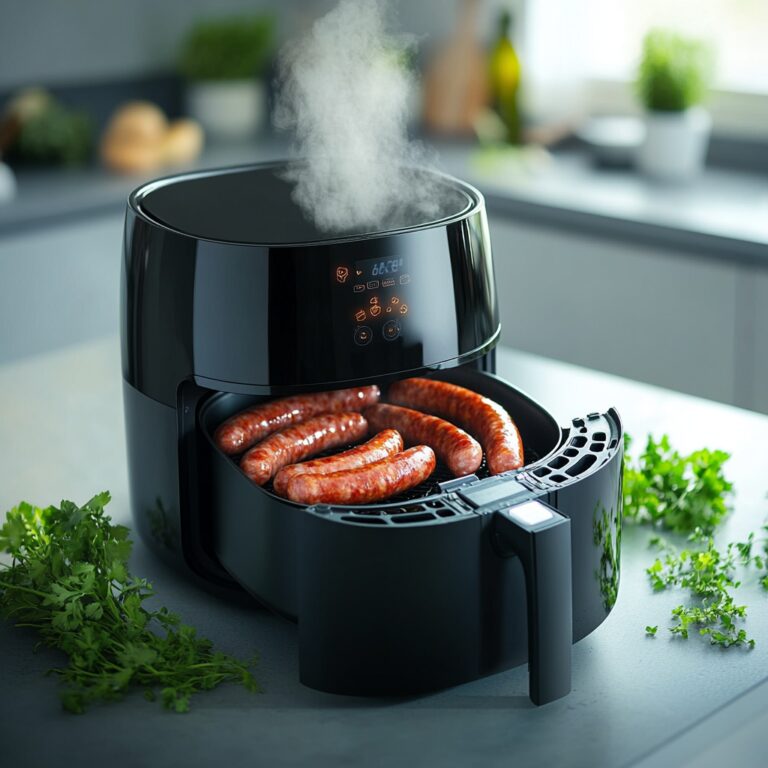Step-by-Step Guide: How to Make Water Bongs at Home
Creating a homemade water bong can be a simple and enjoyable DIY project. Whether you’re doing it for fun or out of necessity, this guide will walk you through the process. All you need are a few household items and a bit of creativity. Below, you’ll find step-by-step instructions packed with tips to ensure your homemade water bong serves its purpose well.
Materials You Will Need
Before you begin, gather the following materials. While different items can be used based on what you have available, these are the typical components:
- Plastic bottle: A standard 16-20oz water or soda bottle works perfectly.
- Downstem: A plastic or metal tube. Alternatively, a pen casing can be used.
- Bowl: A socket, foil, or small metal piece to hold your material firmly.
- Water: Essential for creating the filtration.
- Rubber stopper or other sealing materials: To ensure airtightness.
- Knife or scissors: For making necessary cuts.
- Optional: Tape or glue: For additional sealing if needed.
Step-by-Step Instructions
1. Prepare Your Plastic Bottle
Start with a clean plastic bottle. Remove any labels, as they can get in the way. The bottle size can vary based on your preference, but a regular 16-20oz bottle is a good start.
2. Make the Downstem Hole
Using your knife or scissors, make a hole about a third of the way up from the bottom of the bottle. The hole should be just large enough to fit the downstem snugly. If it’s too big, you can use tape or glue to seal it later.
3. Create the Carb Hole
For convenience, you may want to add a carb hole. This helps control airflow when inhaling. Make a small hole near the top of the bottle, large enough for your finger to cover comfortably.
4. Assemble the Downstem
Insert the downstem into the hole you made. Angle it downward towards the bottom of the bottle. If it’s too loose, use tape or glue to create a seal. The downstem should not move or fall out.
5. Attach the Bowl
Now, you need to attach a bowl to the end of the downstem. If using a pen casing, remove the ink and assemble a socket or small metal piece at the end. Alternatively, shape a piece of foil into a small bowl, ensuring it fits securely at the end of the downstem.
6. Fill the Bottle with Water
Fill the base of the bottle with enough water to submerge the bottom part of the downstem. This will filter the smoke and make the hit smoother.
7. Seal Everything Airtight
Check all connections to make sure they are airtight. Any gaps can negatively affect the efficiency of your water bong. Use additional tape or glue as needed to cover any potential air leaks.
Testing Your Homemade Water Bong
Here’s how you can test the quality and functionality of your creation:
- Fill the bowl: Place a small amount of material into the bowl.
- Cover the carb hole: Plug the carb hole with your finger if you’ve made one.
- Light up: Ignite the material in the bowl while inhaling through the mouthpiece.
- Release the carb: If you have a carb hole, release it to clear the smoke from the bottle.
If everything is set up correctly, the water should bubble when you inhale, filtering the smoke.
Troubleshooting Common Issues
Even with detailed instructions, you might encounter some common problems. Here’s how to address them:
Downstem leakage
Water not bubbling
Coughing or harsh hits
Enhancements and Safety Tips
To enhance your homemade water bong, consider these tips:
- Cold water or ice cubes: Adding these can cool down the smoke for a smoother hit.
- Bigger bottles: Using larger bottles can increase the smoke capacity.
Safety should always be a priority:
- Use clean materials: Make sure all components are free from harmful chemicals.
- Avoid using fragile materials: Glass can break easily and should be handled with care.
- Moderate use: Moderation is key to reducing health risks associated with smoking.
Conclusion
Making a water bong at home is not only straightforward but also allows for a high level of customization. The materials needed are often readily available around the house, making this a cost-effective DIY project. Always prioritize safety and enjoy the creative process. Once your homemade water bong is ready, you’ll have a personalized device that meets your specific needs. Happy crafting!





